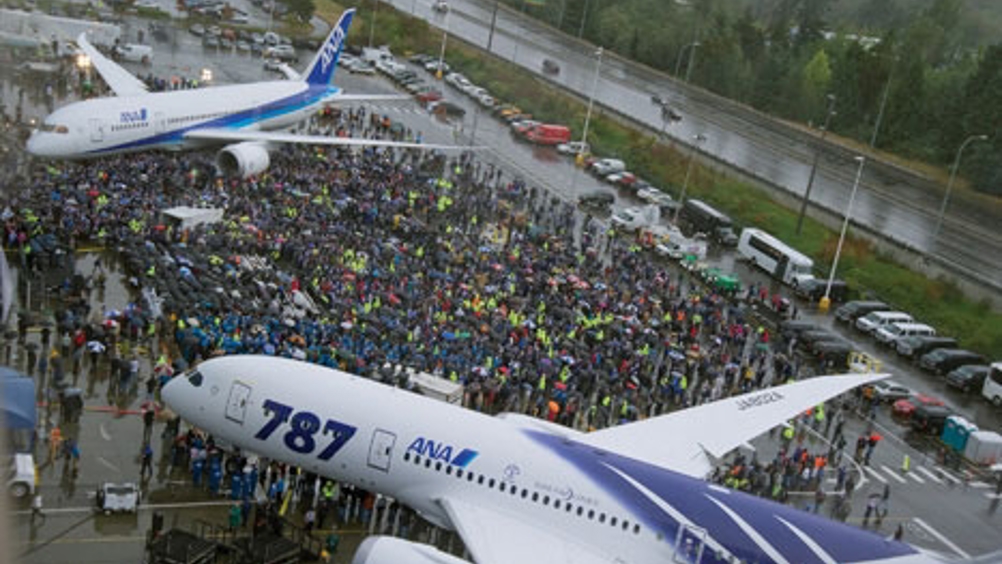Recycled composites could be re-used in aircraft and cars
New methods for recycling advanced composite materials could allow them to be re-used in non-critical parts of aircraft and cars.

Researchers at Nottingham University are to collaborate with Boeing, which is now supplying its part-composite 787 airliner to clients.
Historically, composite materials such as carbon fibre-reinforced polymers, have proved to be difficult to recycle and so generally went to landfill.
Meanwhile, early attempts to make functional parts from recycled composites have shown them to have poor mechanical properties, such as reduced strength and stiffness.
‘Recycled fibres are not like virgin fibres, they’re not continuous and they don’t come in reels, so you can’t really get the high-fibre volume and high-fibre density for the highest-grade applications,’ project collaborator Dr Steve Pickering of Nottingham told The Engineer.
The team has been looking at ways of improving the properties of recycled composites, firstly at the recovery stage. For example, it has been investigating the use of supercritical fluids that can diffuse through solids like a gas and dissolve resin and separate the fibres of a composite.
With these cleaner fibres, the team is also looking at new manufacturing methods, for example, attempting to align the shorter fibres more closely to increase the density.
Register now to continue reading
Thanks for visiting The Engineer. You’ve now reached your monthly limit of news stories. Register for free to unlock unlimited access to all of our news coverage, as well as premium content including opinion, in-depth features and special reports.
Benefits of registering
-
In-depth insights and coverage of key emerging trends
-
Unrestricted access to special reports throughout the year
-
Daily technology news delivered straight to your inbox










National Gas receives funding to develop Gravitricity underground hydrogen storage system
There can't possibly ever be a '<i>business</i>' case for the <i><b>bulk</b></i> storage of hydrogen, since Green hydrogen electrolysis...